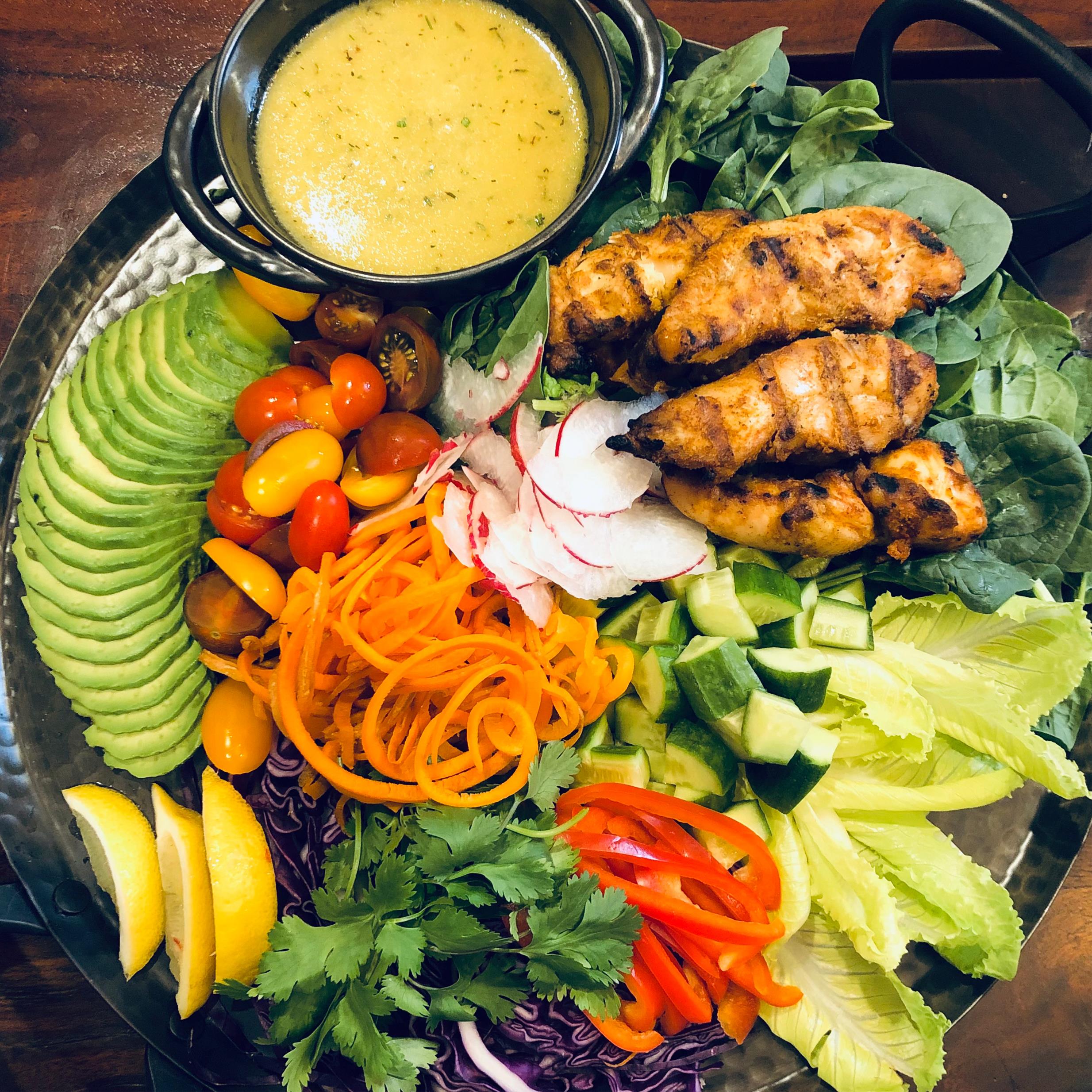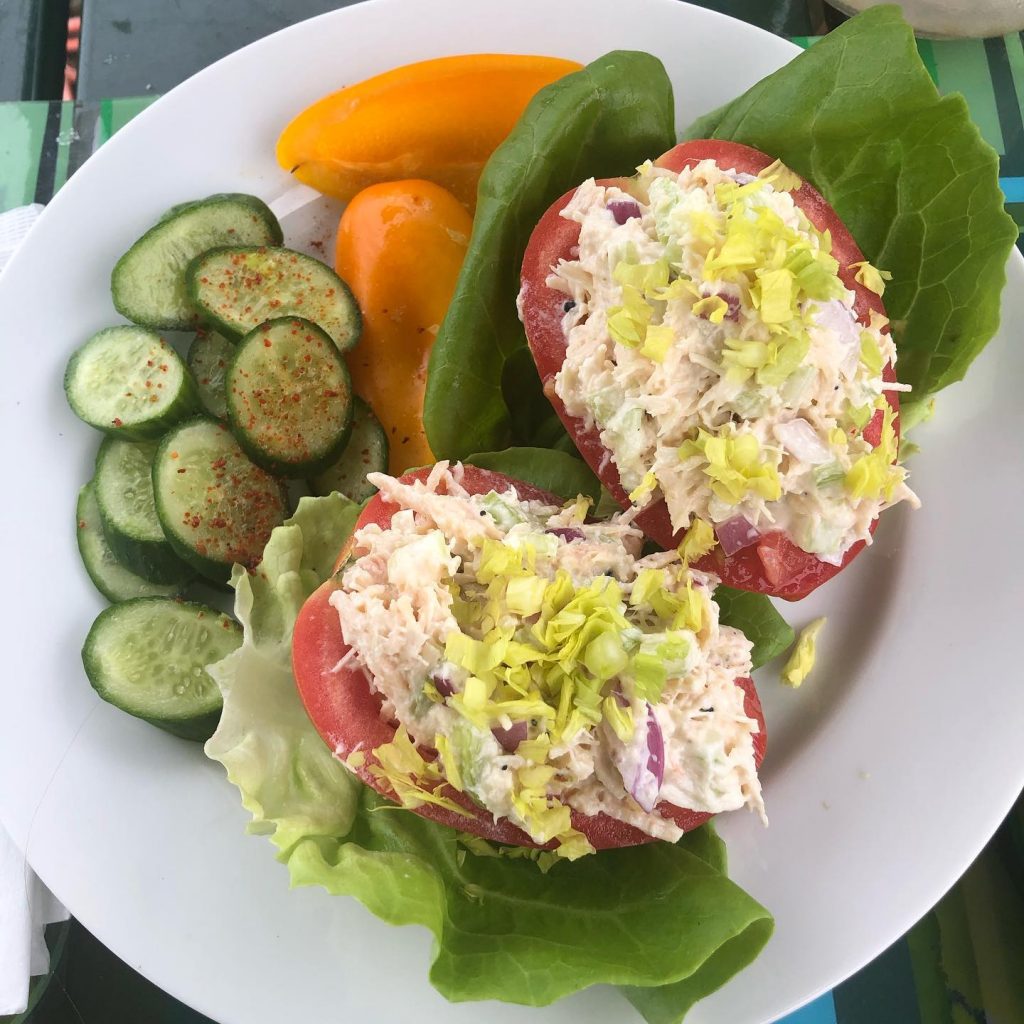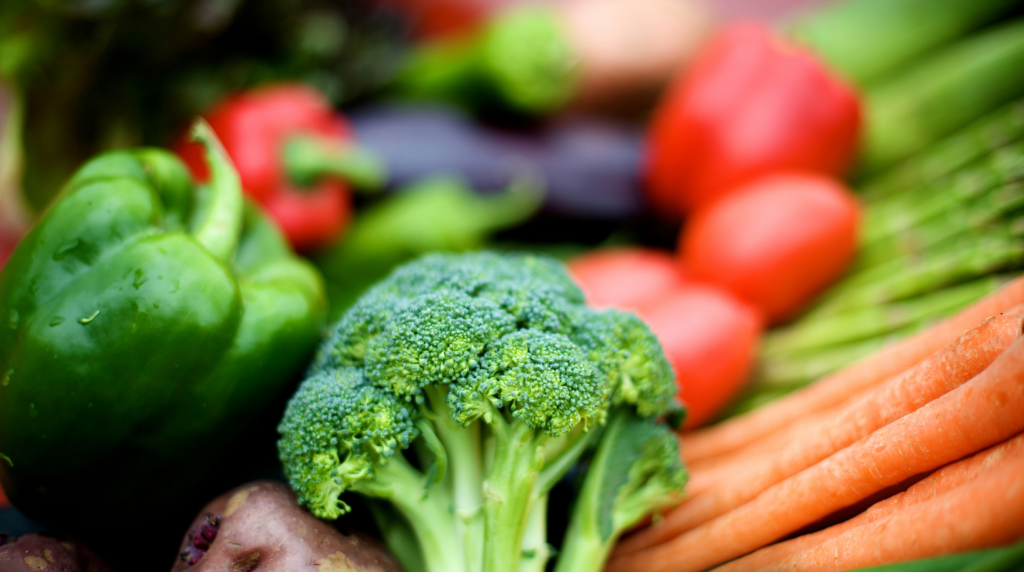
Summer is finally here, and what better way to celebrate the sunny days than by enjoying an abundance of seasonal produce? In this blog post, we’re going to spotlight twelve of the best vegetables in season in June. We’ll talk about each vegetable’s origin, the cuisines they’re commonly used in, how to choose the freshest ones, the health benefits they offer, and tips on how to store them. Additionally, we’ll show you how to steam, oven roast, sauté, and air fry these veggies to perfection, as well as recommend a few delicious salad recipes that feature them. Are you ready to embrace the fresh flavors of early summer? Let’s get started!
Asparagus – Originating from the eastern Mediterranean and Asia Minor, asparagus has been cultivated for thousands of years. Italian, French, and Chinese dishes often feature this versatile veggie. To choose the freshest asparagus, look for bright green or violet spears with tight, compact tips. Asparagus is an excellent source of vitamins C, E, and K, as well as folate and antioxidants that help reduce inflammation. After you’ve steamed or oven-baked the asparagus, sprinkle it with some lemon juice, salt, and pepper. For a hearty salad, pair the roasted asparagus with boiled eggs, bacon, and crumbled goat cheese over a bed of greens.
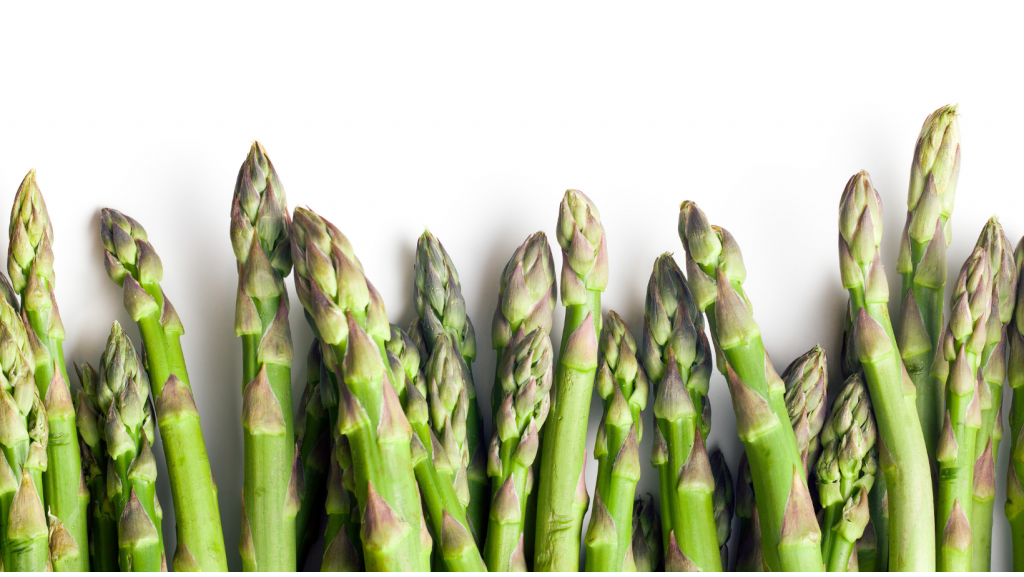
Arugula – This beloved salad green has a bitter and peppery taste. Arugula is native to the Mediterranean, but it’s now grown worldwide, and features in Italian, Greek, and Middle Eastern cuisines. To choose the freshest arugula, look for crisp, dark green leaves with no yellowing or wilting. Arugula is high in vitamins A and K, calcium, and antioxidants that are beneficial for eye and bone health. You can either sauté the arugula with some garlic and olive oil or toss it in a salad with sliced strawberries, cucumber, and a honey-lime dressing.
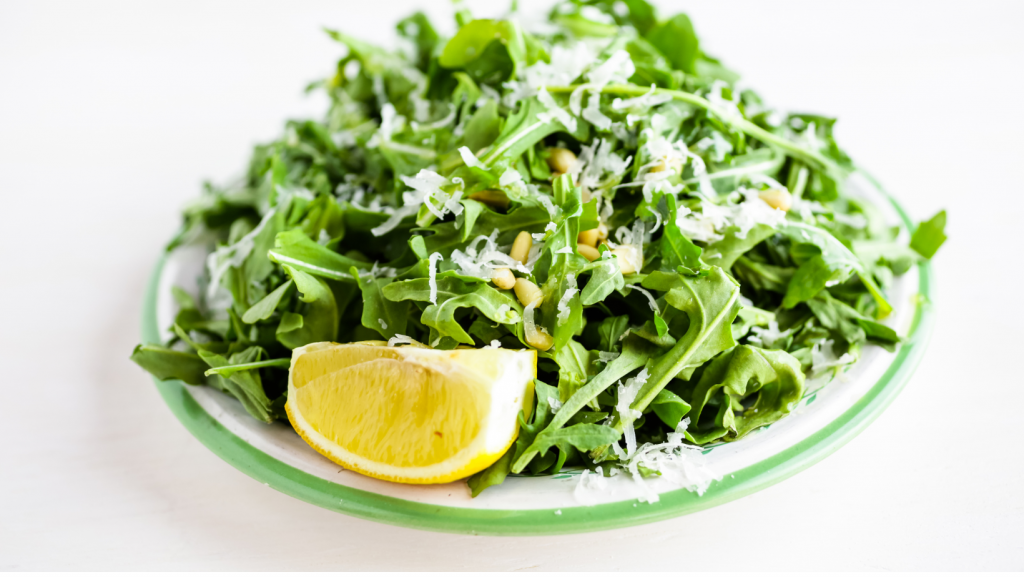
Beets – Beets have a sweet earthy flavor and deep ruby color and originated in the Mediterranean and Middle East. They’re commonly used in European and North African cuisines. To choose the freshest beets, ensure their bulbs are firm and smooth, with undamaged skin and fresh, green leaves attached. Beets contain fiber, vitamin C, and essential minerals like iron and manganese that are instrumental to blood and nerve health. You can oven-roast beets with some rosemary and balsamic vinegar or grate them raw and mix them into a salad with goat cheese, walnuts, and dried cranberries.
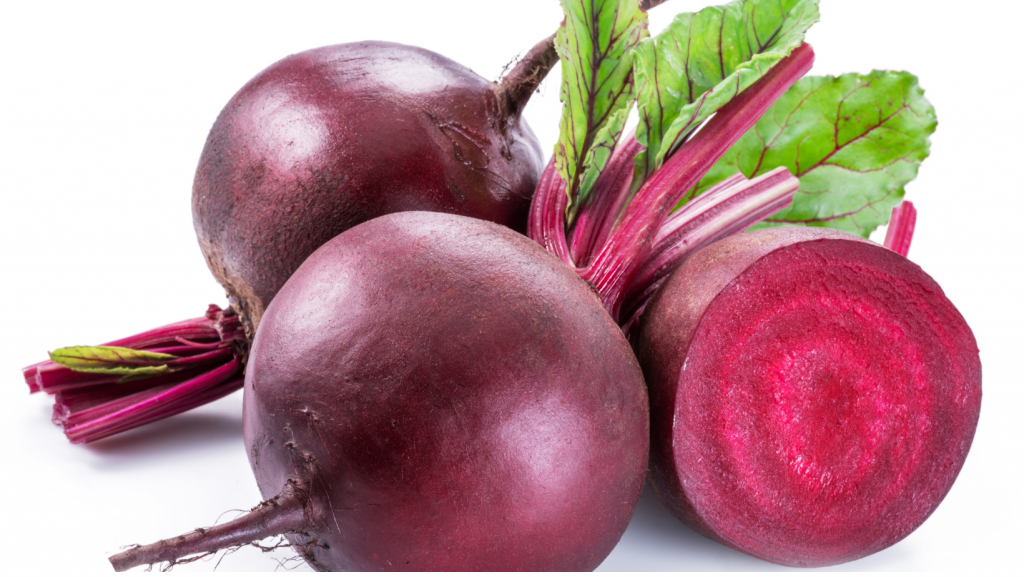
Broccoli – This crisp and tender cruciferous veggie has its roots in Italy and was first introduced to the US in the early 18th century. Broccoli is a staple in Italian, Chinese, and American cuisines. To choose the freshest broccoli, look for dark green, tightly packed heads with no signs of yellow or wilted buds. Broccoli is a powerhouse of vitamins C and K, folic acid, and antioxidants like sulforaphane, which protects against cancer. You can steam or sauté it with garlic and red pepper flakes or use it as the foundation of a vibrant salad with chickpeas, roasted red peppers, and lemon-tahini dressing.
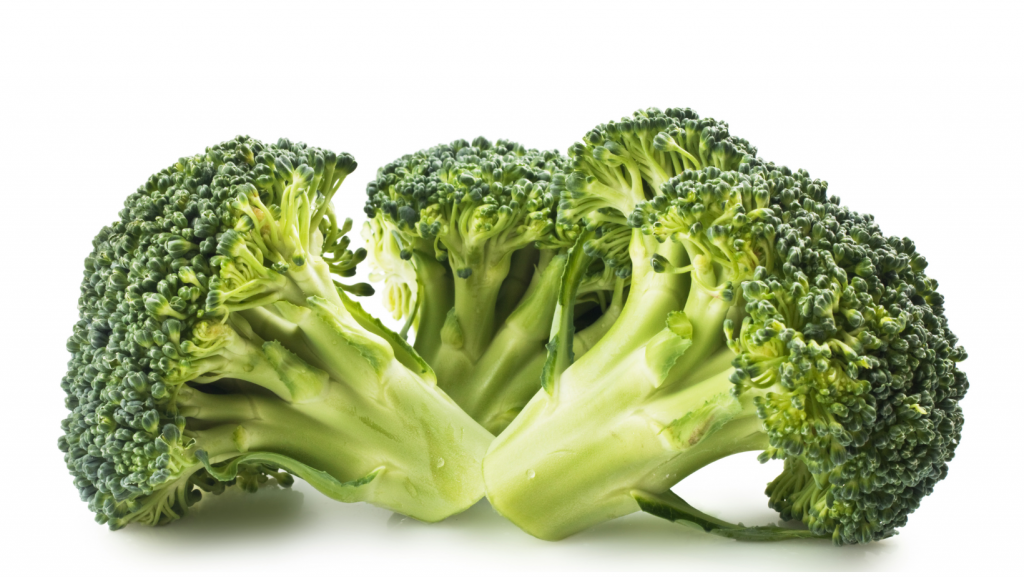
Cabbage – Cabbage is a member of the Brassica family and was first discovered in Europe and Asia. It’s widely used in German, Korean, and Eastern European cuisines. To choose the freshest cabbage, ensure that the leaves are firm and compact and free of cracks and blemishes. Cabbage is a low-calorie vegetable that’s high in vitamin C, fiber, and anti-inflammatory compounds called anthocyanins. You can sauté cabbage with apple cider vinegar and bacon or make a crunchy slaw with shredded carrots, cabbage, and a soy-ginger dressing.
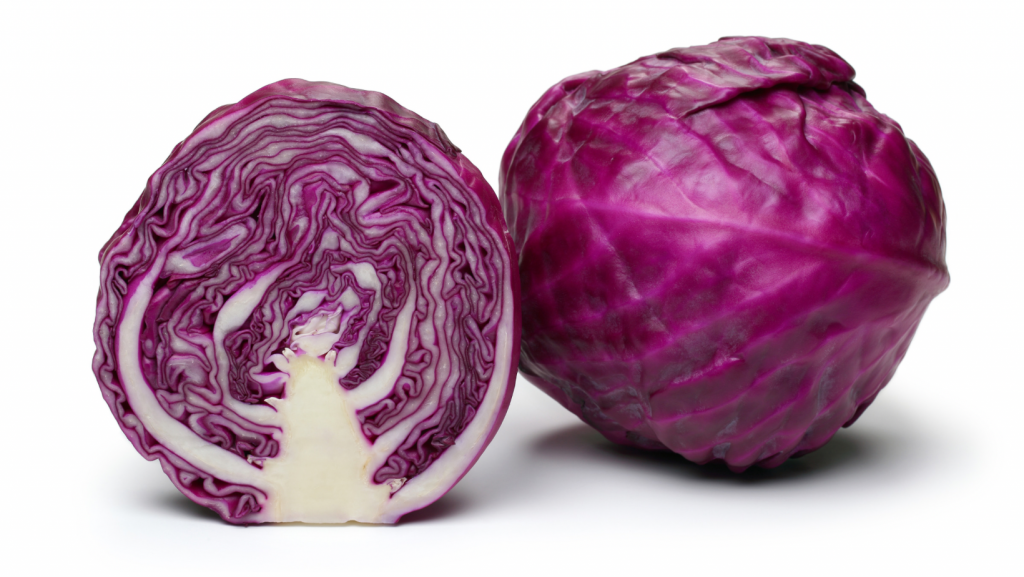
Carrots – Carrots are native to Central Asia and are now cultivated worldwide. They’re a crucial ingredient in Chinese, Indian, and Moroccan dishes. To choose the freshest carrots, ensure they’re firm, uniformly shaped, and free of blemishes or cracks. Carrots are a vitamin A powerhouse and contain fiber, potassium, and natural sugars that boost energy. You can air fry carrots with some cinnamon and honey or grate them and add them to a citrusy salad with orange segments, red onion, and pepitas.
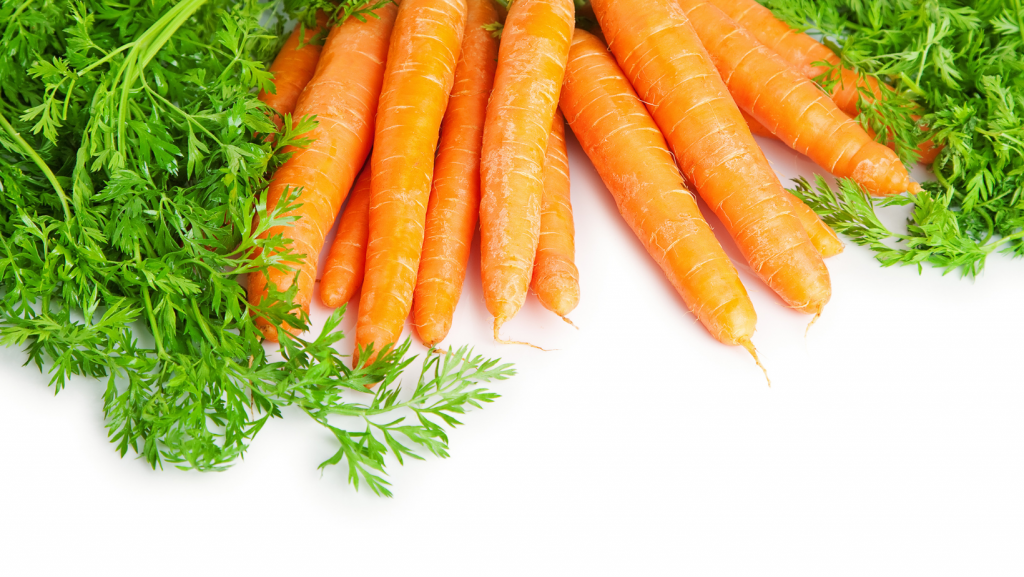
Cauliflower – Cauliflower is a versatile and nutritious vegetable that originated in the Mediterranean. It’s a star ingredient in Greek, Indian, and Italian cuisines. To choose the freshest cauliflower, look for compact cream-colored heads with no brown spots or loose florets. Cauliflower is rich in antioxidants, vitamin C, and folate that improve brain function and support immune health. You can oven-roast cauliflower with turmeric and cumin or make a cauliflower tabbouleh salad with parsley, tomatoes, and a lemon-dill dressing.
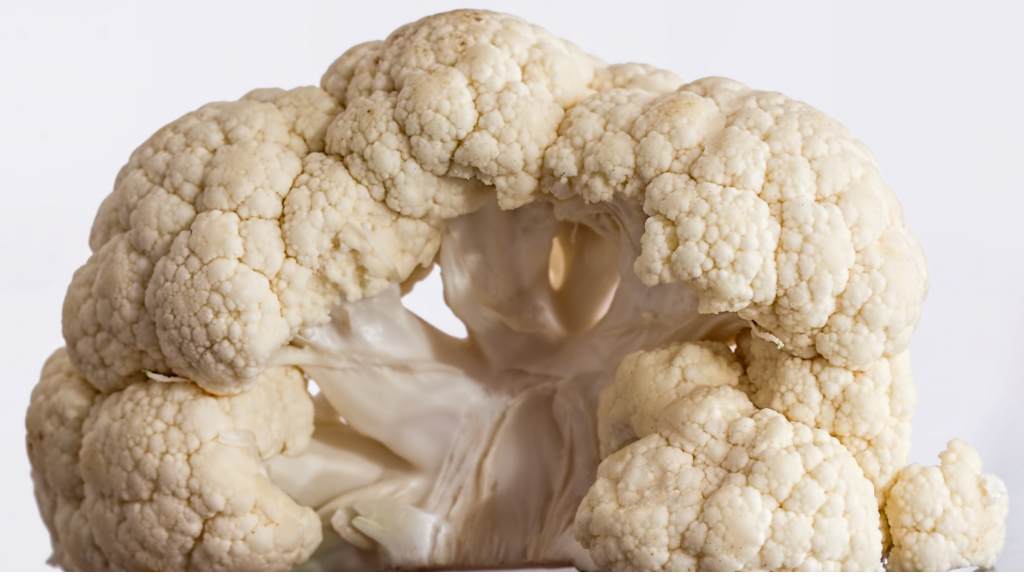
Cucumbers – Cucumbers are a refreshing and hydrating vegetable that has its roots in India and were later widely grown in the Middle East. Cucumbers are a crucial component in Mediterranean, Asian, and Eastern European dishes. To choose the freshest cucumbers, look for firm, smooth-skinned vegetables with no squishy or wrinkled parts. Cucumbers contain vitamins K and C, potassium, and flavonoids that protect against inflammation and heart disease. You can slice cucumber and mix them with chopped tomatoes, feta cheese, and mint for a Greek salad or make a creamy tzatziki dip with cucumber, garlic, and Greek yogurt.
Fennel – Fennel, an herbaceous plant with a licorice-like flavor, is native to the Mediterranean and used in Italian, French, and Indian cuisines. To choose the freshest fennel, ensure that the bulbs are firm and free of cracks and blemishes. Fennel is low in calories, high in fiber, and contains vitamins C, B9, and potassium that support optimal digestion and blood pressure. You can sauté or grill fennel with some lemon and thyme or make a zesty orange-fennel salad with greens, black olives, and a citrus vinaigrette.
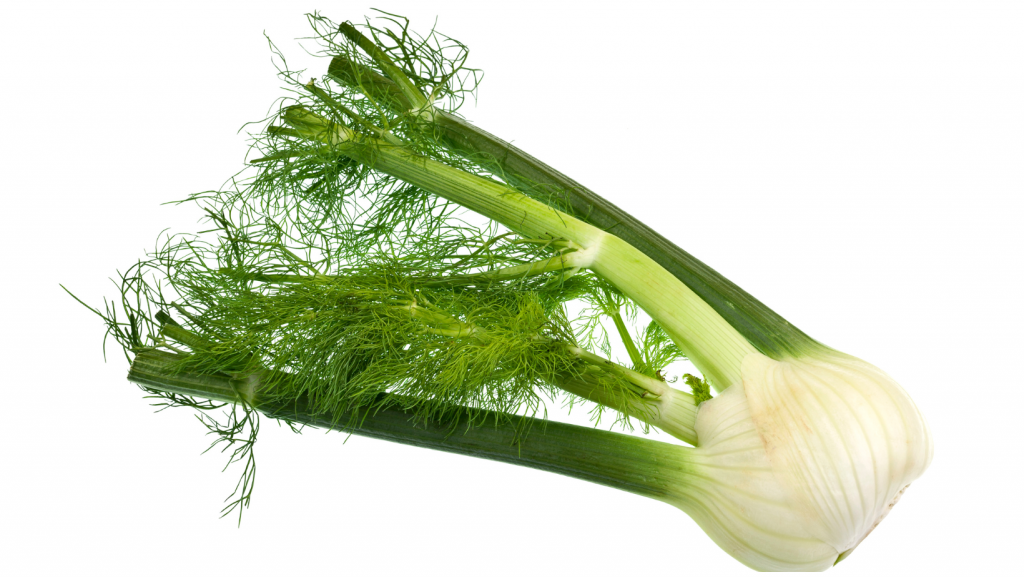
Green beans – Green beans are a summertime favorite that originated in South America and later spread to Europe and Asia. They’re featured prominently in French, Turkish, and Chinese cuisines. To choose the freshest green beans, look for bright green, plump pods with no brown spots or signs of wilting. Green beans are rich in vitamins C, K, and folic acid, and fiber, which makes them essential for heart and bone health. You can steam or boil green beans and add them to a Nicoise salad with tuna, boiled eggs, and olives or oven-roast them with cherry tomatoes and goat cheese.
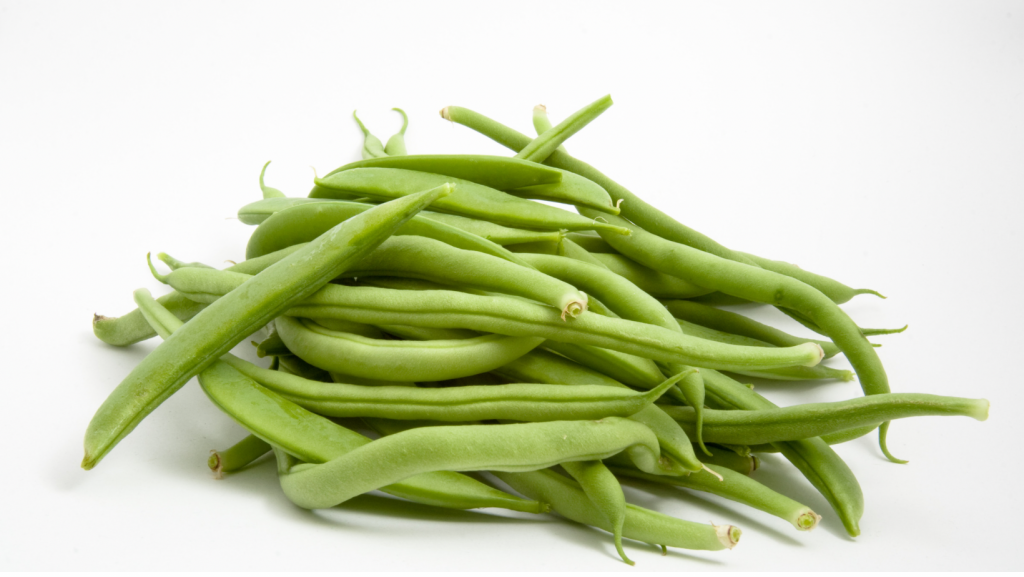
Peas – Peas are a vibrant and versatile legume that was first cultivated in the Middle East and Asia. They play an essential role in Indian, British, and African cuisine. To choose the freshest peas, select pods that are bright green and plump, with no signs of yellowing or wilting. Peas are low in calories, high in protein, and rich in vitamins A and C, iron, and folate that support immunity and healthy fetal development. You can sauté pea with pancetta and garlic or mix them into a quinoa pea salad with cherry tomatoes, basil, and feta cheese.
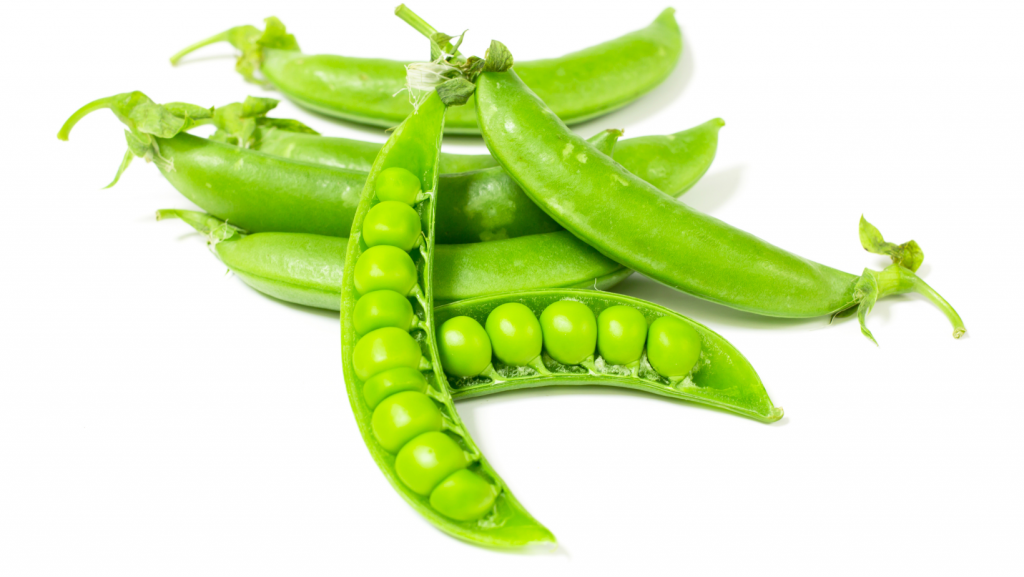
Radishes – Radishes are a tangy and crunchy root vegetable that’s widely cultivated worldwide and features in Korean, Mexican, and French cuisine. To choose the freshest radishes, look for bright red bulbs with unblemished skin and firm up of fresh leaves attached. Radishes are low in calories, but high in vitamin C and potassium, and antioxidants that reduce the risk of cancer and inflammatory disease. You can watch radishes and top them with fresh herbs and lemon juice or add them to a Mexican-style salad with black beans, avocado, and spicy chipotle dressing.
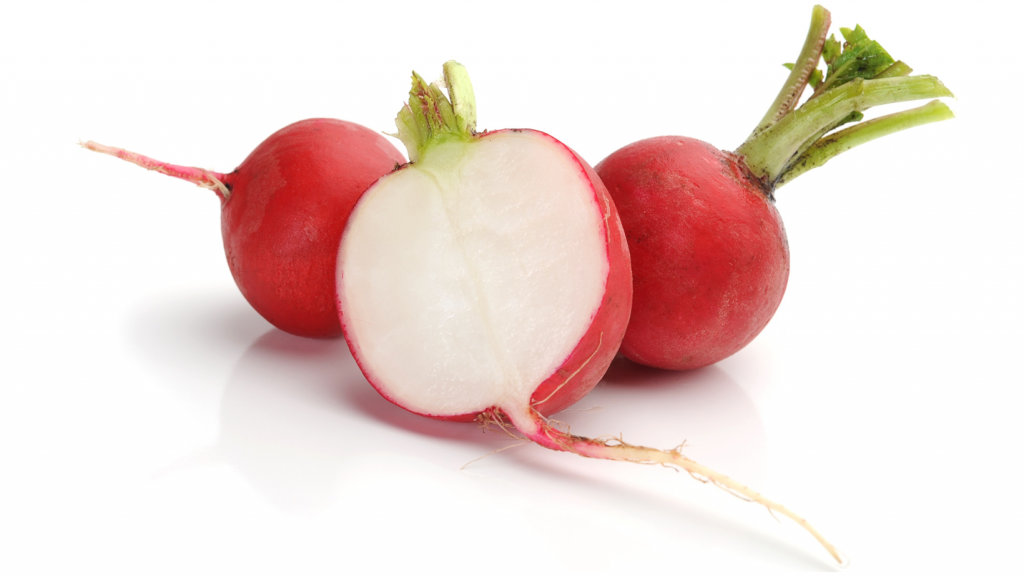
Incorporating seasonal vegetables into your diet is a fantastic way to support optimal wellness and enjoy the vibrant flavors that nature offers. We hope you enjoyed learning about the twelve veggies that are in season in June, as well as our tips for preparing them in various cooking styles and recipes. Whether you’re a seasoned cook or a newbie, there’s no wrong way to indulge in the bounties of summer produce and experiment with new tastes and palate combinations. So head to your local farmer’s markets or grocery store and pick up some of these fresh and scrumptious veggies to celebrate the joys of early summer. Your taste buds and body will thank you!


